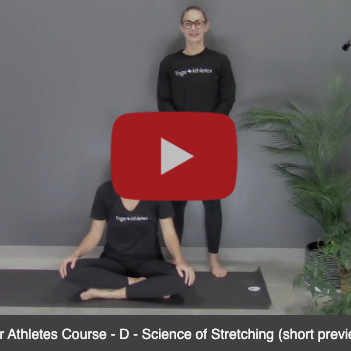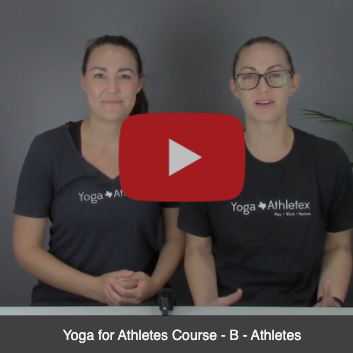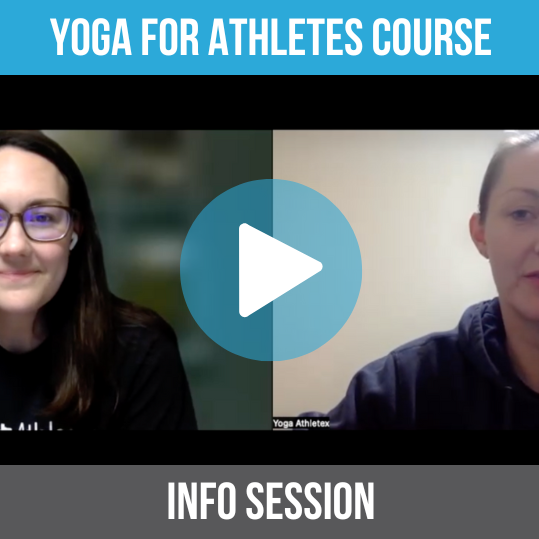How to correct poor posture, slouching, or a rounded back
We recently had the opportunity to work with a new machine called Dorsa Vi. Dorsa Vi shows your range of motion in different areas of your body and tells you if you are in the standard range or if you are “out of range.” This means you have too much flexibility or not enough. Both can lead to injury when you are working out or training. I did the back flexion and extension test on the Dorsa Vi and found that I over flex in my back, which means my back is extremely rounded.
Our goal is to help you get back to your “normal” range for your body to keep you moving injury free!
Why it is important to know if you have over flexion
If you have over flexion in the back and you decide to do a weighted overhead squat, the weight can have a negative effect on the spine if you are not in proper form. Light bulb!! No wonder a lot of us suffer from low back pain… we may be out of our normal range of motion so we are continuously putting too much strain on our low backs.
Quadratus lumborum, iliocostalis lumborum, longissimus thoracis, and spinalis are all deep lower back muscles or posterior muscles originating and inserting on the spine that help with spine extension. So we need to be working all of these muscles to help decrease our spine flexion, if we over flex.
Core Strength for Posture Correction
In the meantime, lay off the heavy lifting until you know you can properly lift with your perfect posture. To correct the posture, we need to work on building strength in the core area.
I’m sure you’ve heard that a billion times, if you suffer from any type of low back pain. The plus side (if there is one) of having back pain, is that you should continually be working on your core strength which is never a bad thing to do.
Yoga for Posture Correction
Here are some yoga poses/exercises to help correct extreme back flexion.
If you know you suffer from a rounded back, with your shoulders pressing forward, start incorporating these exercises/yoga poses into your daily yoga practice and see how your body responds. If you don’t have a daily yoga practice, I encourage you to start now! Roll out your mat, and give it a go!
Opposite Leg & Arm Extensions (Bird Dogs)
The main muscle groups that we are focused on when doing this exercise are the Traps and the Erector Spinae Muscles. While other muscles are being activated, these are what we want to target to help with correcting back flexion. The trapezius lifts your shoulders up and brings your shoulder blades closer together. The erector spinae muscles run from your neck to your lower back on either side of your spinal column. These muscles bend and straighten you back and they also help twist your torso.
Side Planks
It strengthens abdominal and back muscles, particularly the transversus abdominis, rectus abdominis, obliques, and quadratus lumborum. It also targets the gluteus medius and gluteus minimus in the hips, as well as the adductor muscles located in the inner thigh. It works to integrate the quadratus lumburum muscle together with the abdominal wall. It also integrates the important latissimus dorsi muscle.
Cobra and Low Cobra Pose
Incorporating Cobra Pose in one’s practice of yoga allows and favors the thoracic cage to expand, besides enhancing flexibility of the vertebral column. All these practices also help in developing the strength of the lower back as well. This is a great asana for people who tend to slouch.
Benefits of the Cobra Pose include developing the flexibility and strength of the entire vertebral column and increasing the tone of the buttocks and legs. This results in an enhanced circulation which finally has tremendous positive influences on the general systems of the body. The three movements include extension of cervical vertebra, thoracic vertebra & lumbar vertebra.
Extension of lumbar vertebra is the prime movement that occurs in Cobra Pose. During the extension of the lumbar vertebra, the body of the upper vertebra tilts and moves posterior , meanwhile the intervertebral disc becomes flatter posterior and thicker anterior , which results in the stretching over the anterior longitudinal ligaments. On the other hand, the posterior longitudinal ligaments are relaxed, the superior & inferior articular process become more interlocked with each other; hence the extension of the lumbar vertebra is limited by the bony structure of the arch and the stretching of the anterior longitudinal ligaments.
Get started with a Movement Screen
A Functional Movement System Screen is recommended for all athletes. It assess mobility, stability, and injury potential.
It identifies limitations and imbalances – some you might not even be aware of! Correcting these will decrease your chance of injury, improve your coordination, and increase your performance.
On-Demand Yoga
Ready for more yoga? Sign up for a 7-day free trial of YAX Online!
- “Back Mechanic” – Stuart McGill PhD
- http://ijhbr.com/pdf/61-66.pdf
- http://healthyliving.azcentral.com/muscle-groups-used-opposite-prone-arm-leg-raise-6998.html
STAY IN THE LOOP!
Subscribe to our free newsletter.
Here's a 4-minute video clip from the 19-minute section about the Science of Stretching from the Yoga Coaching Course!
Here's an 8-minute video about athletes from the Yoga Coaching Course!
Here's a 7-minute introduction video for the Yoga Coaching Course.
This course will give you a better understanding of the importance of yoga and how to apply it to the athletes you currently work with.



